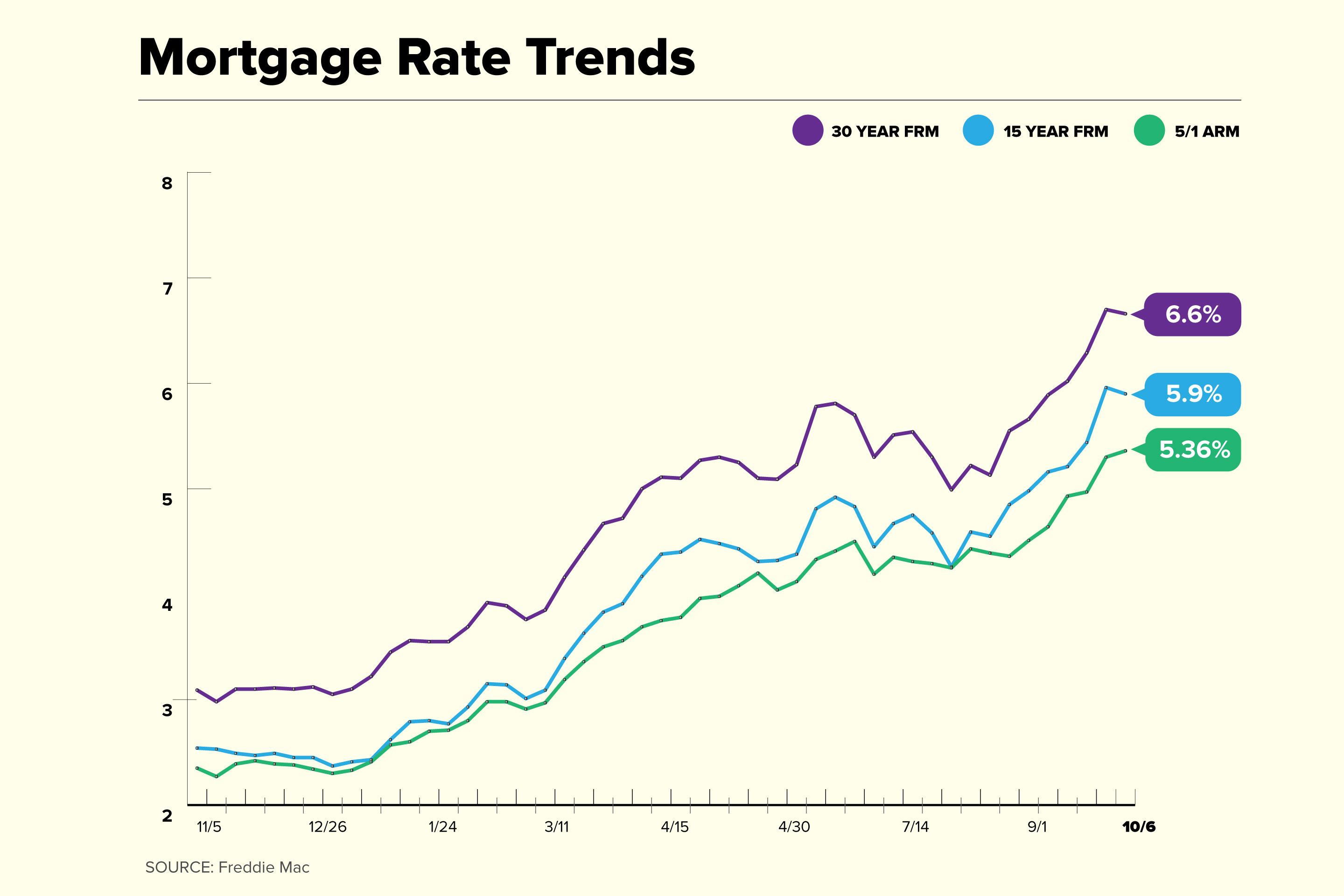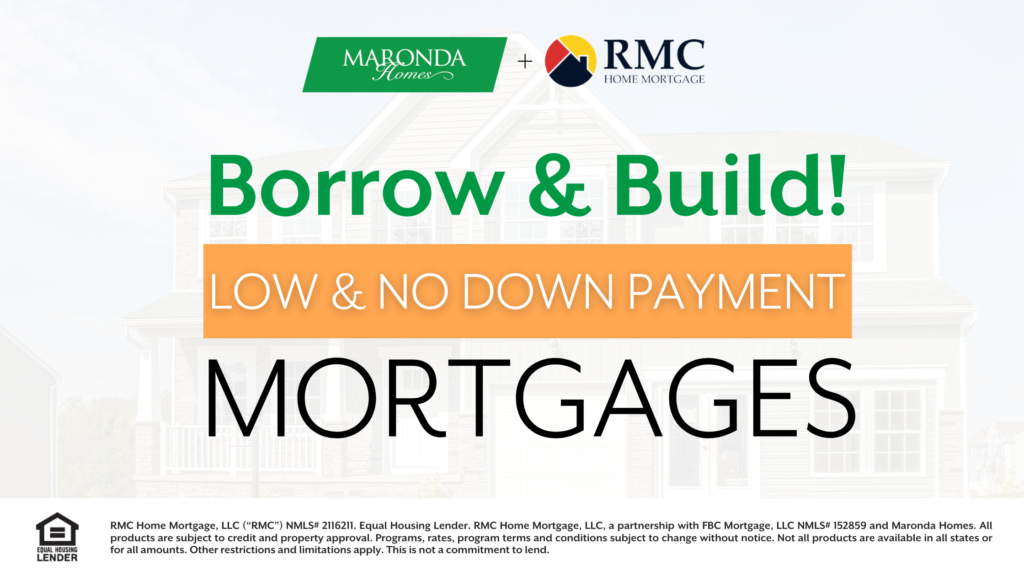
Be sure to understand the terms of any loan estimate before signing anything. Know that not all loans have the same interest rate cap. You should also look out for lifetime caps. You will find information about your lender and loan officers on the next page. The last page will show you the total cost for your loan over five year.
Page one
A loan estimate is a brief summary of the costs associated with purchasing a home. It includes information about the loan terms, interest rates, closing costs, fees and taxes. It also provides contact information for the lender. When comparing loans from different lenders, the Loan Estimate can be very helpful.
Page two
The loan estimate is a very important document that contains details on your loan. This document contains details about your monthly payments as well as costs. The first page of a loan estimate should contain the applicant's address and name as well as the price and amount of your loan. The lender should make sure that all of these numbers match. It should also include the name and contact information of your mortgage broker. The last page should contain the place to sign the loan estimate.
Page three
The loan estimate will show the total interest, monthly payments, and any prepaid fees. These fees will be included in the closing disclosure. It is important that you compare them before you sign. The loan estimate will also reflect the amount of interest that has been paid, and how much is owed at the closing.

Page four
The loan estimate is an important document that details your payments and other costs. The average loan estimate is only three pages long. The first page summarises the loan terms. The second page gives details about the closing costs. The third page provides details about the loan amount and interest rate. The fourth page provides a breakdown on the mortgage payment. It also includes taxes. You will also find any prepayment penalties in the loan estimate.
Page five
The loan estimate contains important information about the loan. It will show you how much the loan will pay off in five years and how much mortgage insurance will cost. You will also see the total interest you'll pay over the term of your loan. The amount borrowed will determine the total interest percentage. Make sure to understand this.
Page six
Loan estimates are vital documents that lay out the costs and payments associated with a loan. The first page of the loan estimate includes a few essential pieces of information such as the applicant's name, the address of the home, and the value of the property. These details must be matched to the loan amount requested.
Page seven
An important document, a loan estimate, details the terms, costs, payments, and conditions of a loan. It should include the applicant's name and address, the price of the property, and the amount of the loan. Verify that the loan estimate is accurate to the real property price.
Page eight
The breakdown of costs & expenses is an important section of the loan estimate. This document will allow homebuyers to see the true cost of a loan. The estimate can simplify the process and save you valuable time.

Page nine
The loan estimate is a crucial document that lays out the costs and payments associated with a loan. It should contain the applicant's name, address, and the price of the property being purchased. It should also include the loan terms, if any, and the purpose of the loan.
Page ten
A Loan Estimate, also known as a Loan Estimate (LE), is a document which outlines the cost of a loan. It includes important information on the closing cost, interest rate, taxes, and government fees. It also provides contact information for your lender. This document is great for comparison shopping.
FAQ
What are the three most important things to consider when purchasing a house
The three most important factors when buying any type of home are location, price, and size. Location refers to where you want to live. Price refers how much you're willing or able to pay to purchase the property. Size refers to how much space you need.
Is it possible fast to sell your house?
You may be able to sell your house quickly if you intend to move out of the current residence in the next few weeks. Before you sell your house, however, there are a few things that you should remember. First, find a buyer for your house and then negotiate a contract. Second, prepare the house for sale. Third, you need to advertise your property. You must also accept any offers that are made to you.
How do I eliminate termites and other pests?
Over time, termites and other pests can take over your home. They can cause serious damage to wood structures like decks or furniture. To prevent this from happening, make sure to hire a professional pest control company to inspect your home regularly.
What should I look out for in a mortgage broker
A mortgage broker helps people who don't qualify for traditional mortgages. They compare deals from different lenders in order to find the best deal for their clients. This service is offered by some brokers at a charge. Others offer free services.
Statistics
- This means that all of your housing-related expenses each month do not exceed 43% of your monthly income. (fortunebuilders.com)
- This seems to be a more popular trend as the U.S. Census Bureau reports the homeownership rate was around 65% last year. (fortunebuilders.com)
- 10 years ago, homeownership was nearly 70%. (fortunebuilders.com)
- It's possible to get approved for an FHA loan with a credit score as low as 580 and a down payment of 3.5% or a credit score as low as 500 and a 10% down payment.5 Specialty mortgage loans are loans that don't fit into the conventional or FHA loan categories. (investopedia.com)
- The FHA sets its desirable debt-to-income ratio at 43%. (fortunebuilders.com)
External Links
How To
How to buy a mobile house
Mobile homes are houses built on wheels and towed behind one or more vehicles. Mobile homes have been around since World War II when soldiers who lost their homes in wartime used them. People who want to live outside of the city are now using mobile homes. Mobile homes come in many styles and sizes. Some houses can be small and others large enough for multiple families. You can even find some that are just for pets!
There are two main types for mobile homes. The first type is manufactured at factories where workers assemble them piece by piece. This takes place before the customer is delivered. You can also build your mobile home by yourself. It is up to you to decide the size and whether or not it will have electricity, plumbing, or a stove. Next, ensure you have all necessary materials to build the house. Finally, you'll need to get permits to build your new home.
If you plan to purchase a mobile home, there are three things you should keep in mind. You might want to consider a larger floor area if you don't have access to a garage. You might also consider a larger living space if your intention is to move right away. Third, you'll probably want to check the condition of the trailer itself. Damaged frames can cause problems in the future.
You need to determine your financial capabilities before purchasing a mobile residence. It is important to compare prices across different models and manufacturers. You should also consider the condition of the trailers. Many dealerships offer financing options but remember that interest rates vary greatly depending on the lender.
Instead of purchasing a mobile home, you can rent one. You can test drive a particular model by renting it instead of buying one. However, renting isn't cheap. Most renters pay around $300 per month.